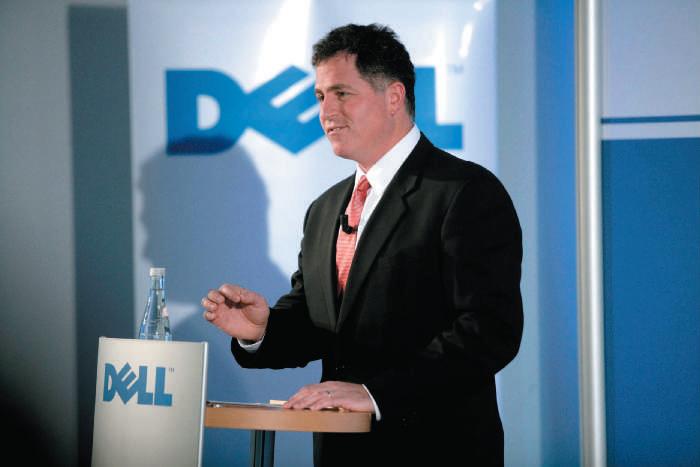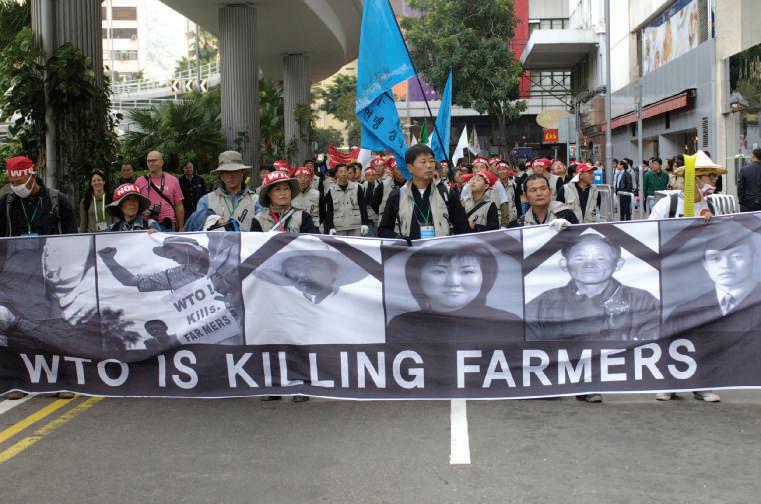186
C h a p t er 7 C orr u p t i o n a n d E t h i cs i n G lo b a l B u s i n ess
sentence for fraud to 25 years. SOX established new crimes with potential 20-year sentences for destroying, altering, or fabricating records in federal investigations, or any scheme or attempt to defraud shareholders. SOX requires that the chief executive officer and chief financial officer of a publicly traded corporation must certify in each periodic report containing financial statements that the report fully complies with the Securities Exchange Act of 1934 and that the information fairly presents the company’s financial condition and results of operations. As a result of the FCPA and later SOX, some people might have anticipated that strong corporate governance would be implemented and that companies would become models of corporate social responsibility. Unfortunately, news media continue to report bribery allegations in distant locations, increasing fines, and lots of money spent on control enhancements. To expand market share, many companies work to grow markets in developing countries, which indeed have some of the highest growth and potential, but also have additional challenges related to the FCPA.
7-6b Computer Security of Accounting Information Advances in technology have revolutionized business and other aspects of society. Electronic business, or e-business—the exchange of goods or services using an electronic infrastructure—began with the early computers of the 1950s. However, e-business did not become commonplace until the development of the world wide web in the 1990s. Technology facilitates business activities, but there are some downsides. Business managers must beware of potential problems associated with e-business. A business must take precautions to avoid becoming a victim of computer crime. A computer crime involves the use of computers to perpetrate or facilitate illegal activity. The average computer crime has been estimated to cost almost $200,000, whereas the average armed robbery involves far less money: only $250. Statistics show that the higher the dollar amount of a crime, the lower its probability of prosecution.13 Increased use of computers to maintain financial records has led to more opportunities for computer crime. Estimates of computer fraud losses are several billion dollars per year. One of the most highly publicized computer crimes was the Equity Funding fraud, in which nonexistent insurance policy records were added to the customer master file of the firm over a nine-year period from 1964 to 1973. Allegedly this was done by a large number of employees claiming to be carrying out “unscheduled” file updating that was not part of the normal data processing operations. Based on movies and television shows, you might think that the biggest threat to computer security is intentional sabotage or unauthorized access to data or equipment. For most organizations this is not true. The five basic threats to security are:
• • • • •
natural disasters; dishonest employees; disgruntled employees; persons external to the organization; and accidental errors and omissions.14
Accidental errors and omissions cause the great majority of the problems concerning computer security. Errors and omissions are especially prevalent in systems of sloppy design, implementation, and operation. However, if the system’s development process is implemented properly, errors and omissions will be minimized. At the same time, better computer security will protect against intentional misrepresentation of data by employees and persons external to the company. An effective internal control structure that includes computer security is an integral part of any reliable information system. Copyright 2017 Cengage Learning. All Rights Reserved. May not be copied, scanned, or duplicated, in whole or in part. Due to electronic rights, some third party content may be suppressed from the eBook and/or eChapter(s). Editorial review has deemed that any suppressed content does not materially affect the overall learning experience. Cengage Learning reserves the right to remove additional content at any time if subsequent rights restrictions require it.







































